 |
|
Magpie file photo.
|
I typically avoid matters of Masonic politics and recognition on The Magpie Mason—I doubt my own powers of persuasion, and I don’t find these foibles all that interesting—but as today is the (249th) birthday of Andrew Jackson, there is something I cannot resist pointing out.
If you do not follow anything on Freemasonry in social media, you may not be aware of the public relations disaster being foisted upon the entire Masonic fraternity in the United States by two grand lodges down south: Georgia and Tennessee. Both recently have banned gay men from Masonic membership. As usual the most comprehensive and level-headed coverage can be found on the Dummies blog. Not only is the matter examined here and there in Masonic cyberspace, but more recently NPR and other mass media outlets have reported on it.
Tennessee has taken the additional step of proscribing Masonic membership for those who cohabitate without the benefit of marriage.
Enter Andrew Jackson, Grand Master of Masons in Tennessee, 1822-24.
In a tragedy of errors when Jackson was in his early twenties, he married Rachel Robards, the daughter of Jackson’s landlord who happened to have been married already to one Lewis Robards. She erroneously believed that first marriage, a very unhappy union, had been terminated, and that she was free to marry again. This was not the case, and her wedding to Jackson legally was viewed as bigamy and adultery. The Robards’ marriage eventually was ended in divorce in 1793 on the grounds of Rachel’s adultery. She and Jackson wed for the second time, and for keeps, several months later.
This would haunt Jackson through life, although it evidently did not affect his rise through the ranks of Tennessee Freemasonry. Actually, the record of his initiation is unknown today, but we know he served as Grand Master in the early 1820s. In 1806, he killed a man in a duel who had impugned his wife’s reputation. In his campaigns for the presidency, his opponents and enemies savagely exploited the illegal adulterous first marriage for political advantage. It worked in 1824, when Jackson lost to anti-Mason fanatic John Quincy Adams when the election was settled in the House of Representatives. As for Rachel, she would not see the White House. She died December 22, 1828 after Jackson’s election to the presidency, but before his inauguration in March 1829.
Her death did not satiate the puritans, and the Jackson administration would fall apart from another matrimonial scandal when Secretary of War John Eaton’s marriage to Margaret “Peggy” O’Neill was scrutinized. Eaton, a widower at 28, was a U.S. Senator from Tennessee and a Mason in Cumberland Lodge No. 8; Peggy was married to a Navy man named Timberlake who died overseas in 1828. It was thought Eaton arranged to have Timberlake deployed overseas so he could keep time with the wife during his absence. It also was thought the widow failed to observe a traditional period of mourning her husband’s demise before marrying again. The 1820s version of real life real housewives of Washington, DC conspired to shun the Eatons, keeping the couple from having any social life within the city of power, a very potent peer pressure indeed. The animus affected President Jackson’s cabinet to the extreme point where nearly all the cabinet members would resign only two years into the administration. It also ended Vice President John C. Calhoun’s presidential aspirations, as it was his wife who organized the ostracizing of the Eatons.
There is resistance among Tennessee Freemasons to what has been done, but there also is support. The Grand Lodge will convene next week for its regular elections and balloting on legislation, so we’ll soon learn how this question will be settled. Follow the Dummies blog for that news.






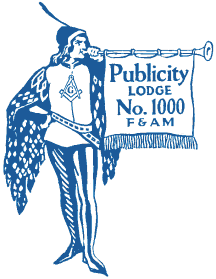

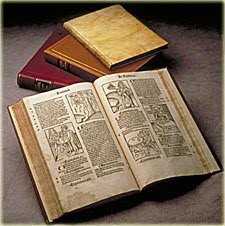


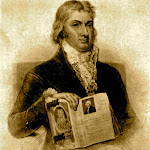




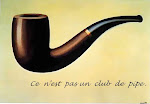
















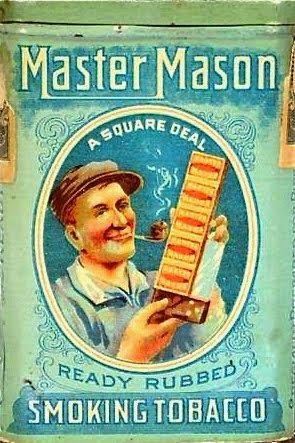


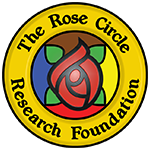










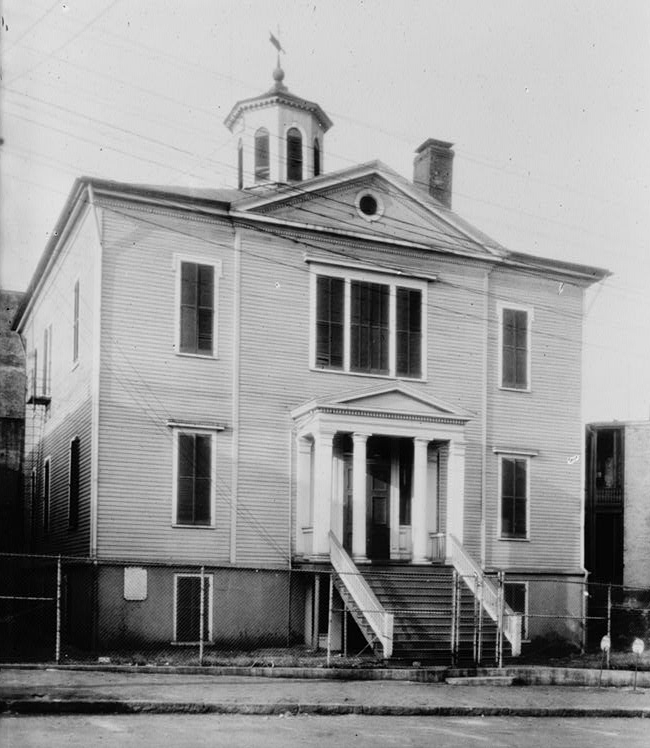

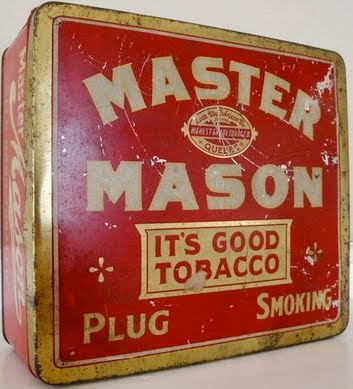




No comments:
Post a Comment